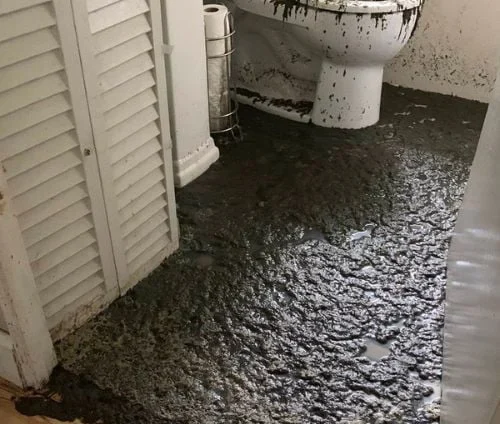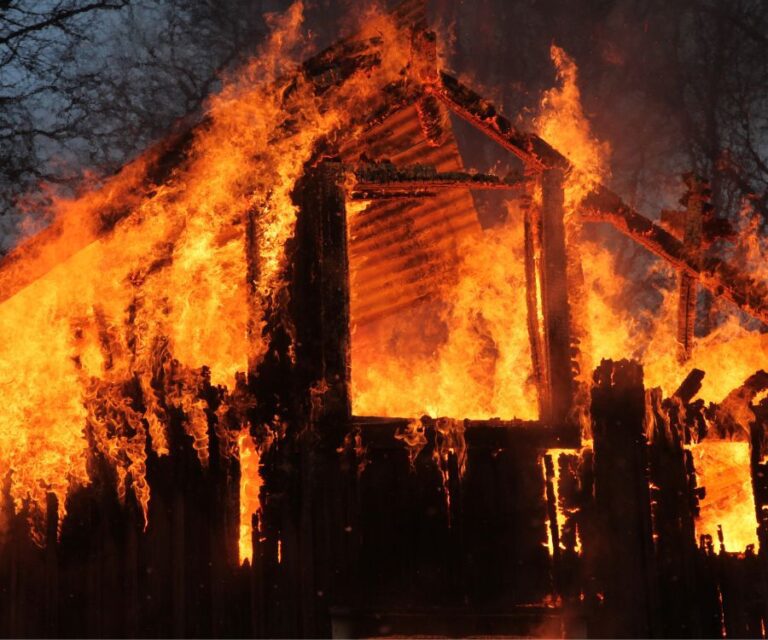Water damage is a homeowner’s nightmare, but navigating your insurance policy shouldn’t be. Let’s dive into whether your home owner’s insurance has your back or if you’re on your own.
Understanding Water Damage Coverage Basics
Homeowners insurance typically offers a lifeline when dealing with the aftermath of water damage. However, coverage can greatly depend on the source of damage. Immediate causes, like a burst pipe or an appliance overflow, are usually covered because they’re considered ‘sudden and accidental’. On the other hand, chronic issues such as ongoing leaks due to lack of maintenance might not be. It all starts with understanding the insurance coverage basics, which form the bedrock of your policy’s protective measures.
Most homeowners don’t realize the nuances in their policies until it’s too late. For instance, did you know that while your policy might cover water damage from a leaking dishwasher, it probably won’t cover floods? Yes, even if water is water, when it comes to insurance, not all water damage is viewed equally.
The Different Types of Water Damage: What’s Covered?
Water damage claims can be quite diverse, ranging from storm-related damages to a washing machine run amok. However, knowing which types your homeowners insurance covers can save you a lot of headaches. Typically, standard policies cover scenarios like sudden appliance leaks, plumbing mishaps such as burst pipes and water damage as a result of putting out a fire.
Conversely, it’s important to know what’s often left out. Damage due to floods, for example, always requires separate flood insurance. Likewise, slow leaks that could’ve been caught with routine maintenance may not be covered, positioning preventive care as key in safeguarding your home against potential exclusions.
Sudden vs. Gradual Water Damage: What’s the Difference?
The difference between sudden and gradual water damage might seem straightforward, but in insurance terms, it’s the difference between covered and not. Sudden events, like a pipe bursting unexpectedly, are typically covered because they’re unforeseen and immediate. Gradual damage, however, indicates a lack of maintenance or negligence, which policies do not favor.
For instance, if an ice dam slowly causes your roof to leak over time, the resultant damage might not be covered due to the gradual nature of the problem. It underscores the importance of regular home inspections and maintenance, a responsibility that falls squarely on the shoulders of the homeowner.
Exceptions and Exclusions to Watch Out For
While you might breathe a sigh of relief knowing your policy covers water damage, beware of the exceptions. Exclusions such as sewer backup, flood damage, and neglected maintenance are standard in many policies. Gaining clarity on these from the start can spare you from unpleasant surprises down the road.
Additionally, certain types of water damage, like those arising from ‘earth movement’ or foundational cracks, rarely make the cut for coverage. When in doubt, a detailed discussion with your insurance agent about specific scenarios can provide much-needed clarity.
Filing a Claim for Water Damage: A Step-by-Step Guide
When water damage occurs, knowing how to file a claim can streamline your path to restoration. Start by documenting the damage thoroughly with photos and writing. Then, report the incident to your insurance as soon as possible. Detailed documentation and timely reporting play crucial roles in ensuring your claim’s success.
Keep all receipts related to any temporary repairs or measures you’ve taken to prevent further damage. Your insurer may consider these costs when processing your claim. Also, be prepared to provide a detailed account of the damage and the events leading up to it. Transparency and thoroughness here can significantly impact your claim’s outcome.
Preventive Measures: Reducing Your Risk of Water Damage
Prevention is always preferable to filing a claim. Engaging in regular home maintenance, such as cleaning gutters and inspecting appliances, can mitigate the risk of water damage. Employing preventive measures isn’t just a recommendation; it’s a necessity for safeguarding your home and ensuring continuous coverage.
Consider installing water detection devices and performing seasonal inspections of your roof and plumbing system. These proactive steps can be instrumental in catching potential issues before they escalate into major problems. It’s a small investment towards preserving your peace of mind and protecting your home.
When to Consider Water Damage Restoration Services
In the event of water damage, contacting professional water damage restoration services can be a significant first step towards recovery. Specialists in this field can help assess the damage, begin the drying-out process, and make repairs more efficiently than attempting a DIY approach. They can also assist in documenting the damage for insurance claims.
Choosing a reputable contractor with experience in dealing with insurance claims can offer an additional layer of support. They can navigate the often complex claims process with you, ensuring that you’re adequately compensated for the covered damages and that your home is restored to its former condition as seamlessly as possible.
Wrapping Up: Your Safety Net Against Water Damage
Understanding the specifics of your home owners insurance policy is crucial when it comes to water damage. Armed with this knowledge, you can make informed decisions on additional coverage needs and how to approach water damage restoration effectively. For more insights and assistance, don’t hesitate to visit Onsite Pro Restoration.






